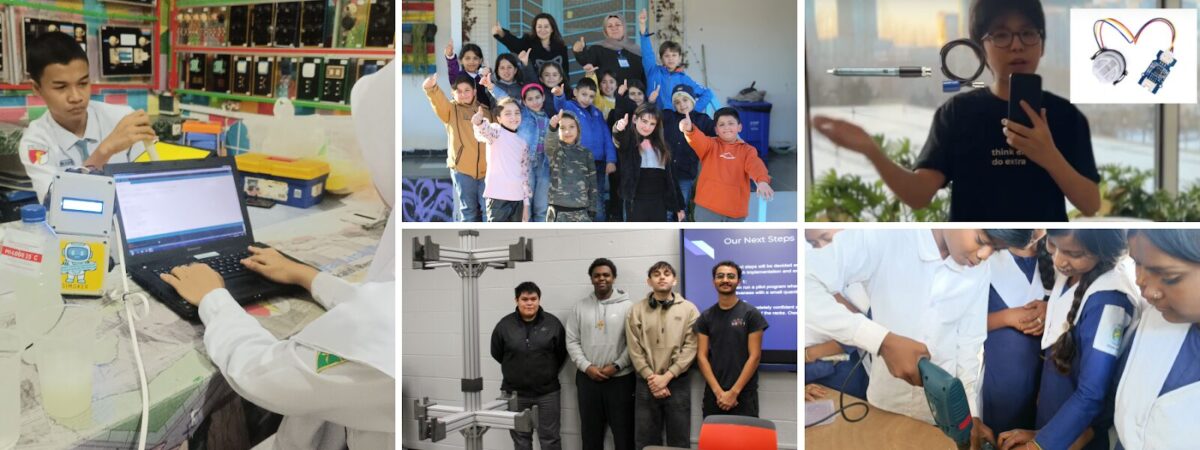
For students at Inoro Girls High School in Nairobi, Kenya, the question “How can we efficiently connect students in need with uniform donors?” inspired their prototype of Mindful Me, a mobile app that facilitates uniform donations from graduates to current students.
And, when students at Central High School in Kansas City, Missouri, in the United States launched a Stress Relief Zones initiative, they recognized that the question “How can we provide safe spaces and resources to help teens with their mental health?” was a concern not only for peers at their own school, but for teens globally.
Questions can be powerful tools for sparking student creativity and innovation. Through inquiry-based projects, students have an opportunity to move beyond traditional classroom assignments to tackle real-world challenges and create meaningful change.
With the 2025–26 Ciena Solutions Challenge now open for submissions, we invite educators around the world to take inspiration from stories like these and consider what questions might drive your own students’ learning—with available and accessible technology tools, within or across any subject areas, on any timeline, and in both schools and community spaces.
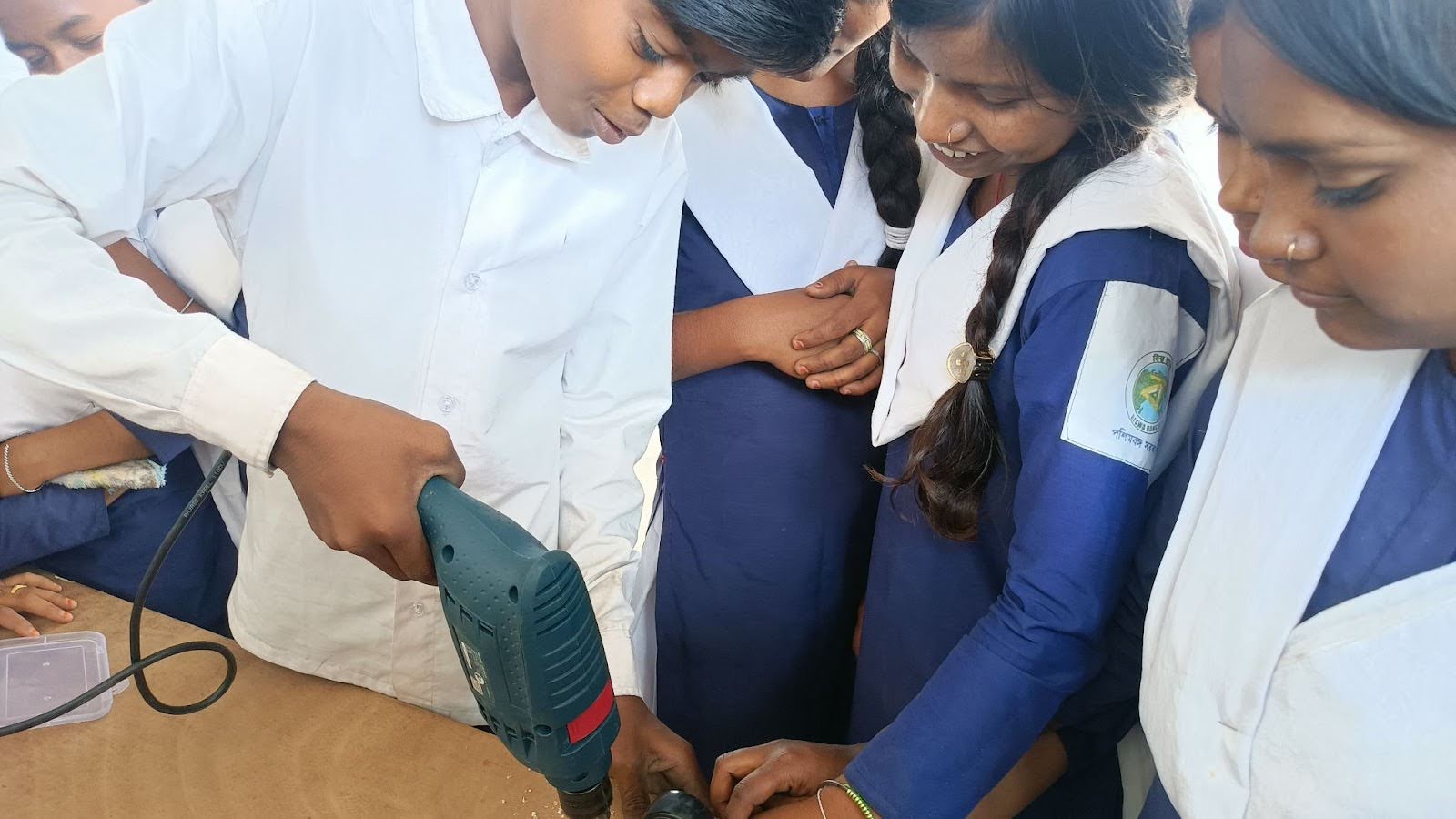
Student engineers using low-cost accessible tools to build their Stride Ease mobility device.
Sometimes, creative solutions begin with the most accessible resources at hand. At Gandhi High Vidyalaya in Purulia, West Bengal, in India, the question, “How can student-led innovations in mobility transform lives and promote inclusivity in society?” led to Stride Ease, an AI-powered mobility device based on frugal innovation design principles that make use of low-cost materials.
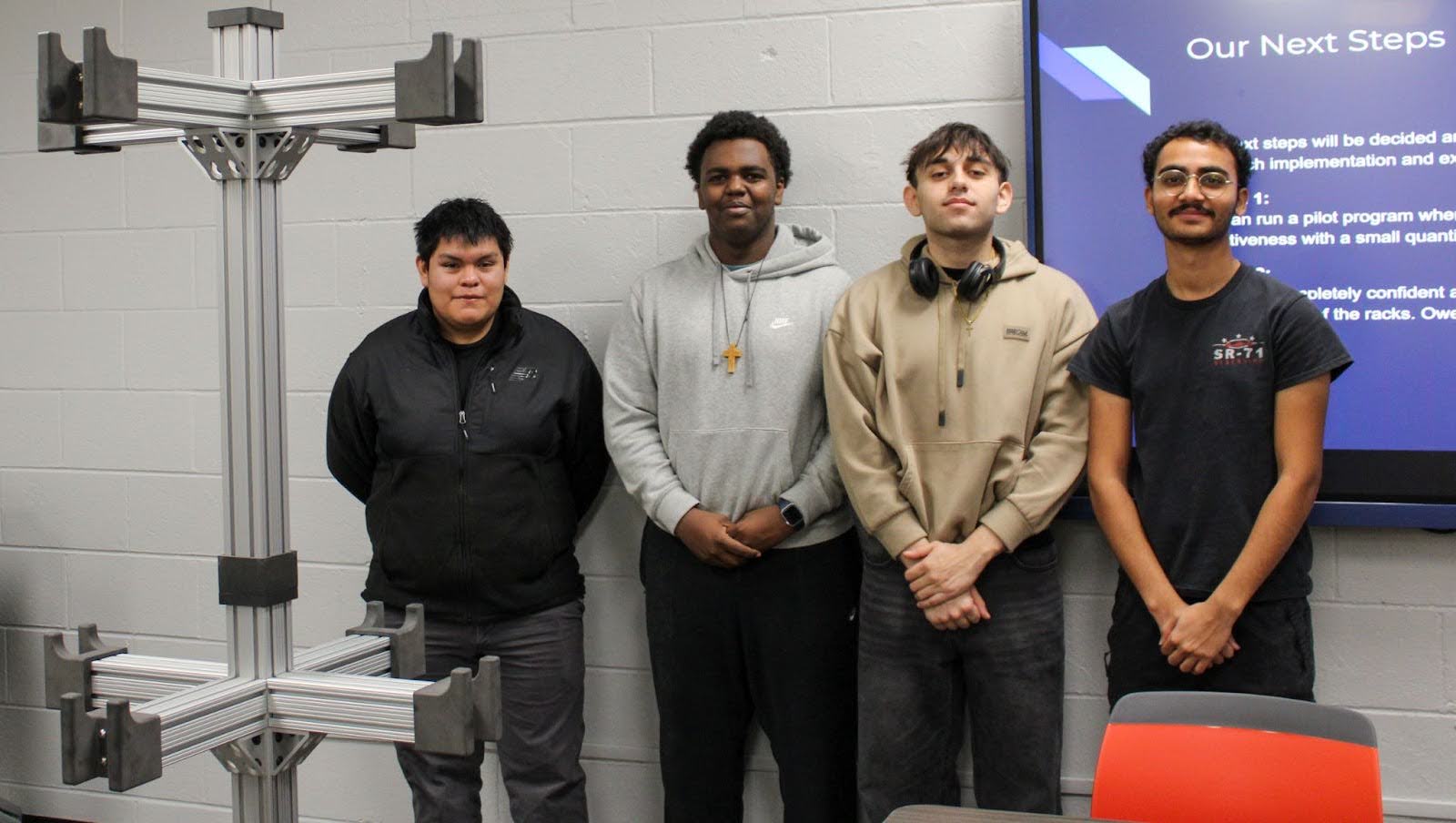
Members of the senior engineering student team who designed the Orbit Rack as part of their senior capstone project.
Other times, they take advantage of more advanced technologies. Students at Whitehall Yearling High School in Whitehall, Ohio, in the United States noticed that there was a tardiness problem at the school and wondered, “How do we give students without transportation a way to get to school on time?” After conducting research to better understand the issue, a group of senior engineering students used computer-aided design (CAD) software tools to prototype and design Orbit Rack, a solution that caught the attention of the district superintendent and mayor, who are considering it for community-wide use.
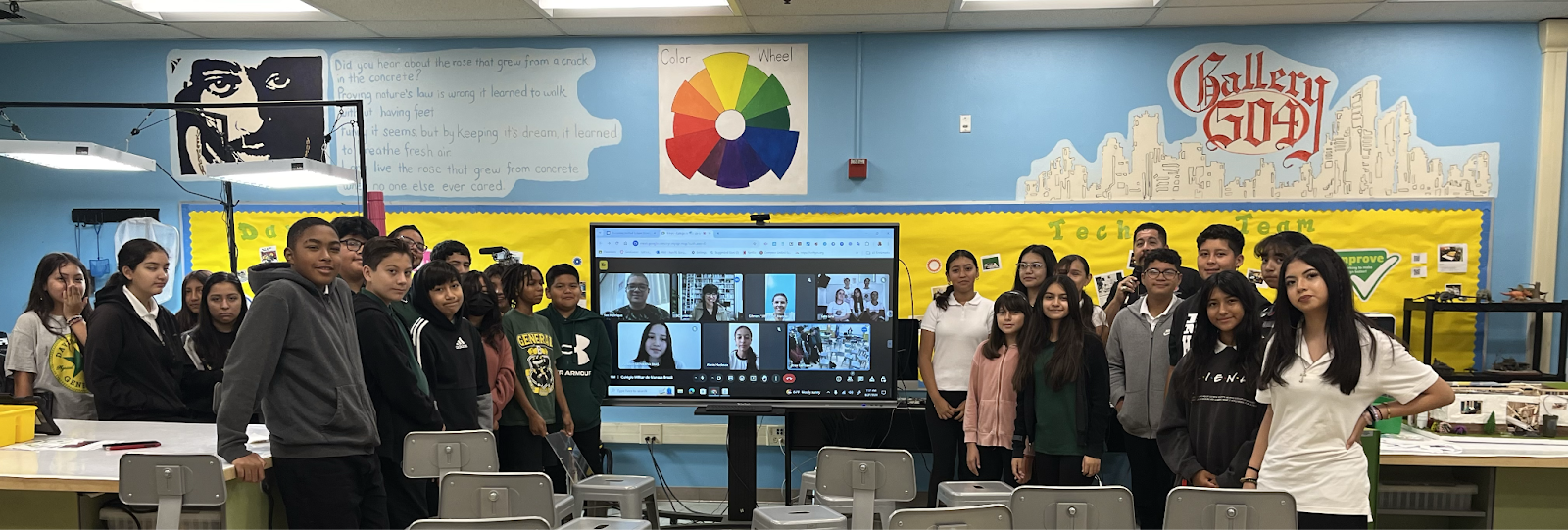
Students in Compton, California in the United States videoconference with their project partners in Manaus, Brazil.
For students at Colégio Militar de Manaus in Brazil and Davis Middle School in Compton, California, in the United States, collaboration spanned countries for a cross-cultural STEM project to address the question, “What sustainable solutions can we create to manage waste and protect life in the Amazon?” resulting in an Evapotranspiration Sanitation System.
Students were eager to create a real solution to the problems they witness daily in their communities. They wanted to learn, but also to take action. – Henrique Lima, Educator, Brazil
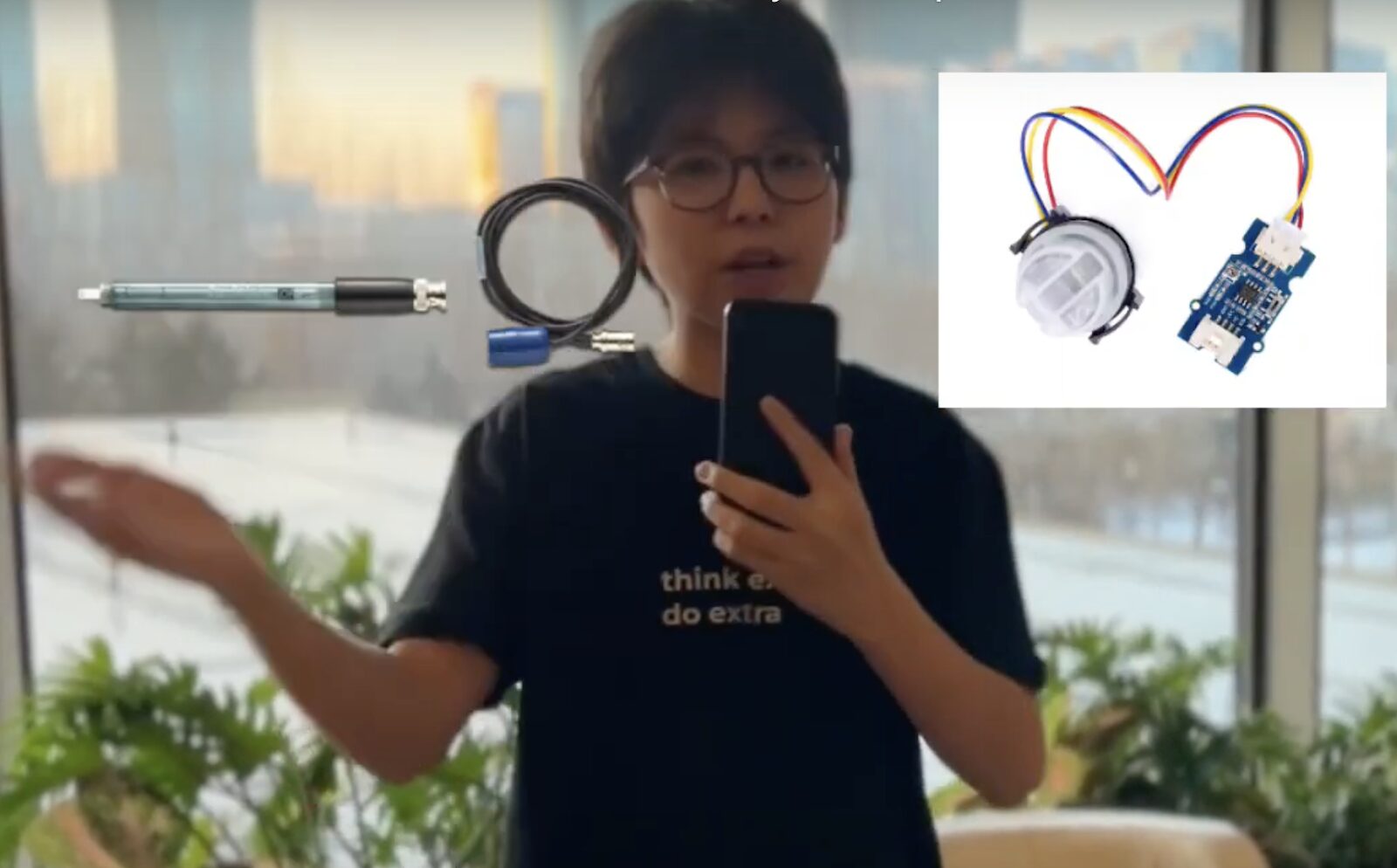
Student demonstration of the AQSU smart bottle’s sensors that measure pH, temperature, total dissolved solids, turbidity, and oxidation-reduction potential.
At Nazarbayev Intellectual School in Astana, Kazakhstan, an integrated science program combines subjects like physics, chemistry, and biology with interdisciplinary learning and project-based activities to help prepare students to solve complex real-world challenges. This year, a team of students in the program designed an eco-friendly water purifying bottle after asking the question “How can we ensure safe and clean drinking water while reducing plastic waste globally?”
Through practical tasks in integrated science, students build essential skills and mindsets required for future engineers. – Arman Imansharipova, Educator, Kazakhstan

Students in the Arabic Creators project at Peace of Art.
At Peace of Art in Ain, Baalbeck-Hermel, Lebanon, students in the Arabic Creators project recognized a critical gap: most online resources are designed for English-speaking audiences, leaving Arabic-speaking learners with fewer options. To address this, they asked, “How can we create, publish, and share reflective, interactive, and accessible Arabic content for students and teachers?” Their inquiry has sparked a series of both short and long term media projects that produce engaging Arabic-language digital content through artificial intelligence (AI), animation, and multimedia tools.

Students in the Fisher & the Chocolate Factory project design their own chocolate molds on Tinkercad, then 3D print and turn them into chocolate molds.
In Ottawa, Canada, grade 8 students at Fisher Park Summit Alternative Public School set out on a months-long social entrepreneurship project (SEP) with one big question: “How can we educate others about sustainability and fair trade to ensure a better future?” Their journey became Fisher & the Chocolate Factory, where they uncovered the science of chocolate, built eco-friendly marketing campaigns, managed business budgets, and designed a sustainable product.
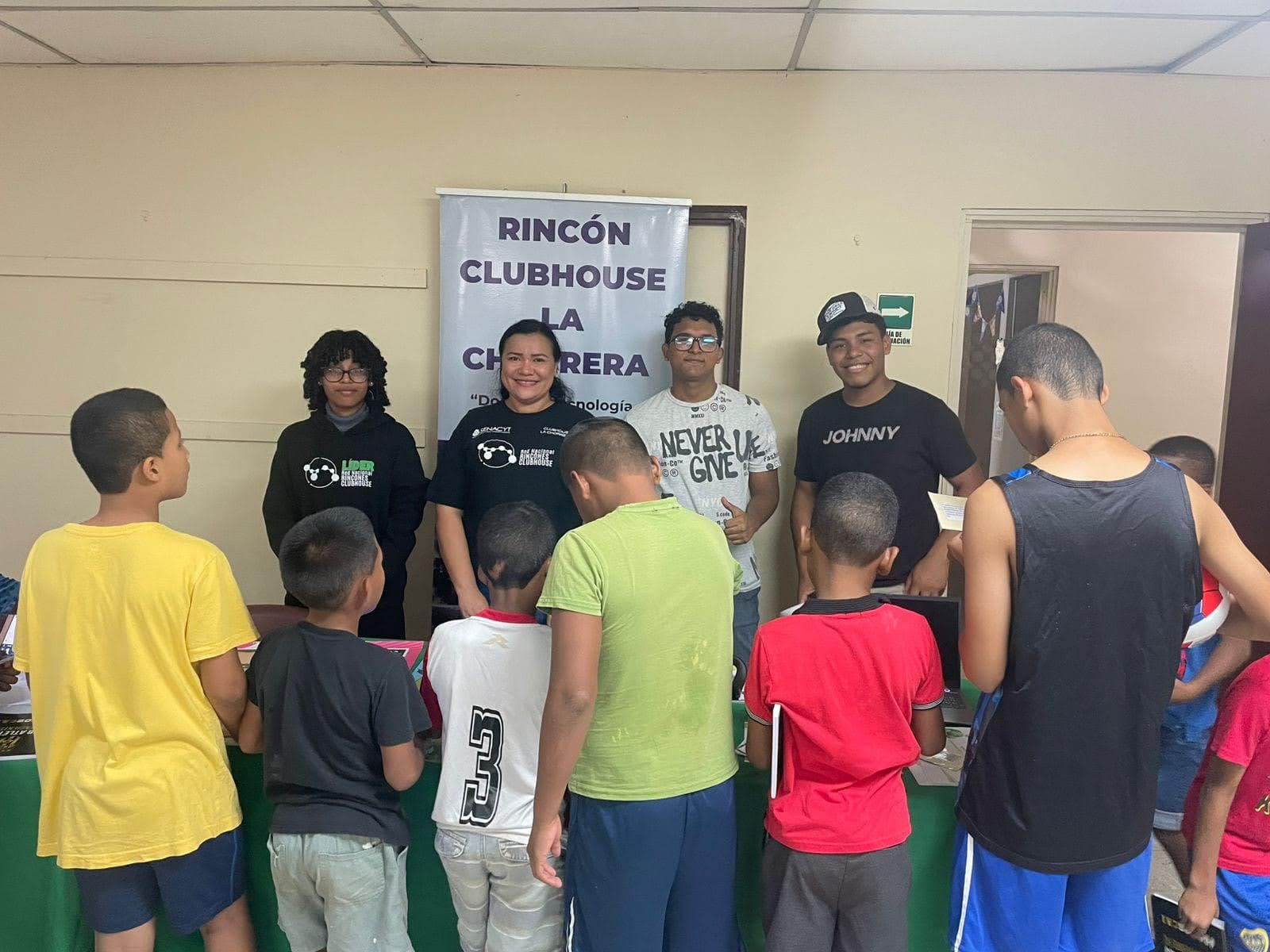
At the Rincón Clubhouse La Chorrera, a youth center in Panama, the question, “How can we transform our consumption and waste management habits to build a more sustainable society?” prompted Ecosmart, a recycling solution and public awareness campaign focused on recycling and reducing waste.
What moved me the most was seeing how they took full ownership of the process: they researched, debated passionately, designed prototypes, went out into the streets, talked to neighbors, collected feedback, and refined their ideas. Vianca Cuevas, Educator, Panama
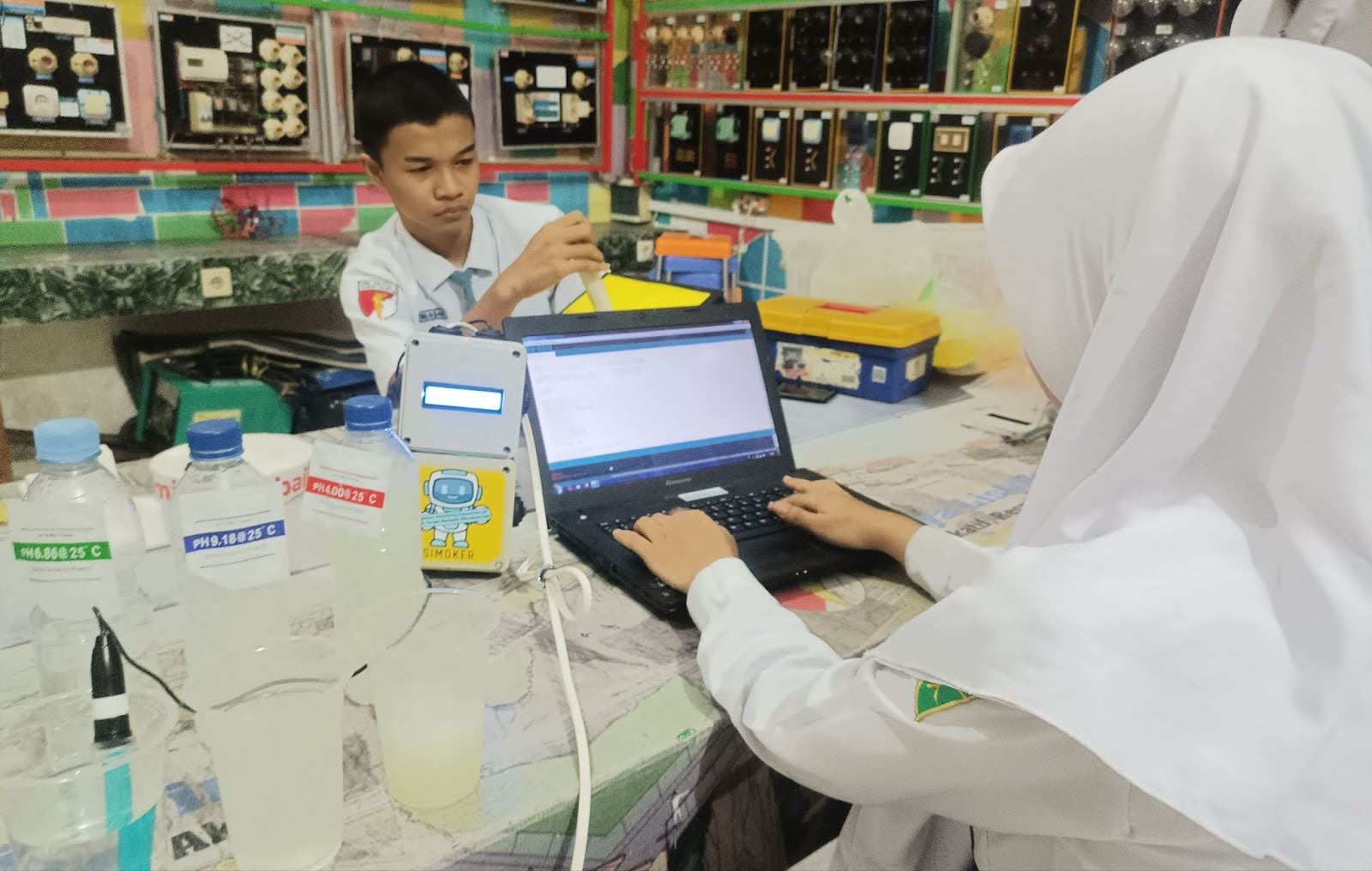
Students testing the AKURAT: Advanced Kit for Unified pH and Acidity Testing solution.
Students and educators in the electrical engineering program at SMK Negeri 1 Paringin in Balangan, Indonesia, believe schools can play a crucial role in helping the community address real world challenges like water quality. Their specific concern, “How to address public health issues caused by environmental pollution due to coal mining activities?” led to the design and installation of the AKURAT: Advanced Kit for Unified pH and Acidity Testing solution in a house that serves as a water usage point for the surrounding community.
Ready to join the 2025–26 Ciena Solutions Challenge and inspire your students to imagine, design, and create solutions for a better world?